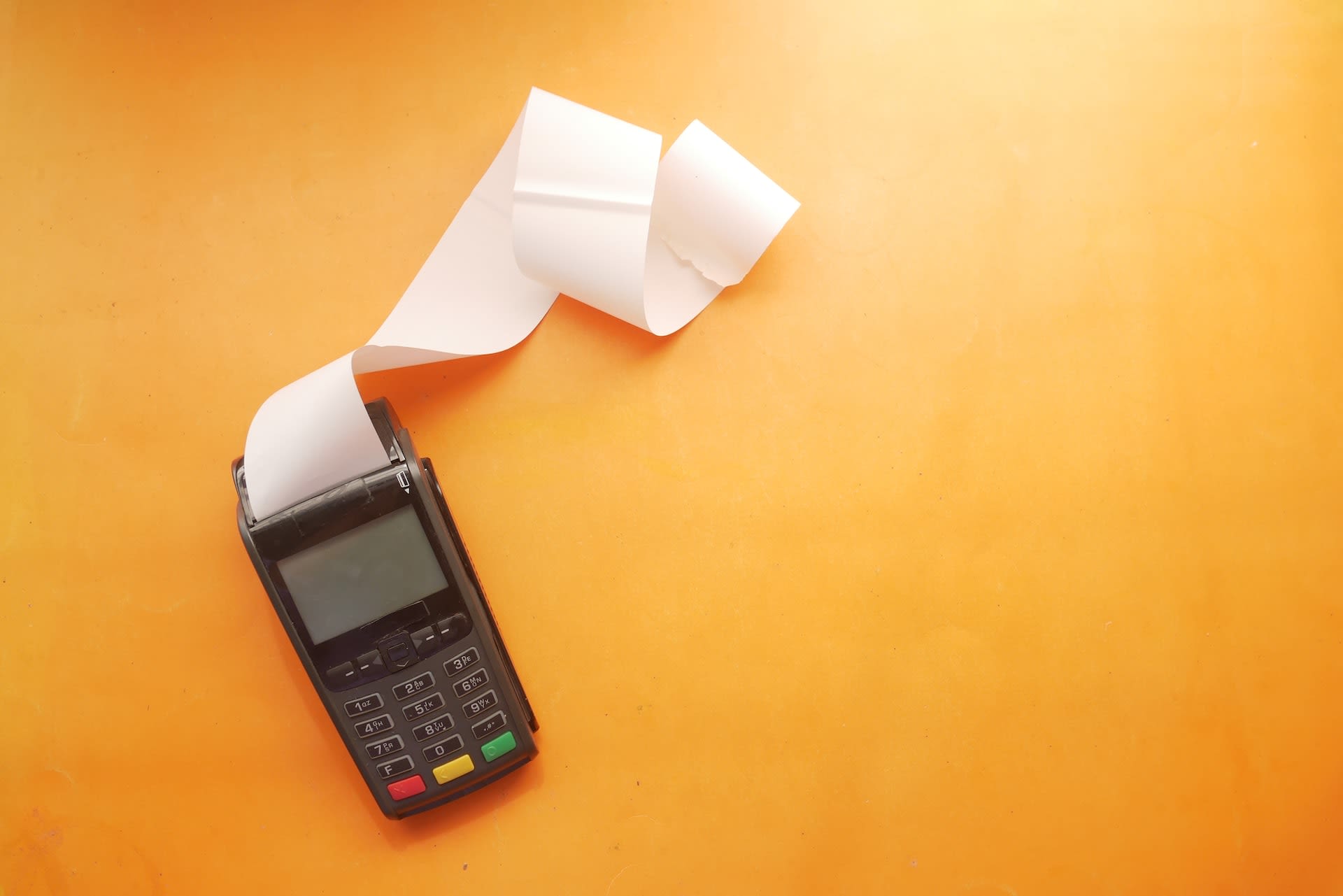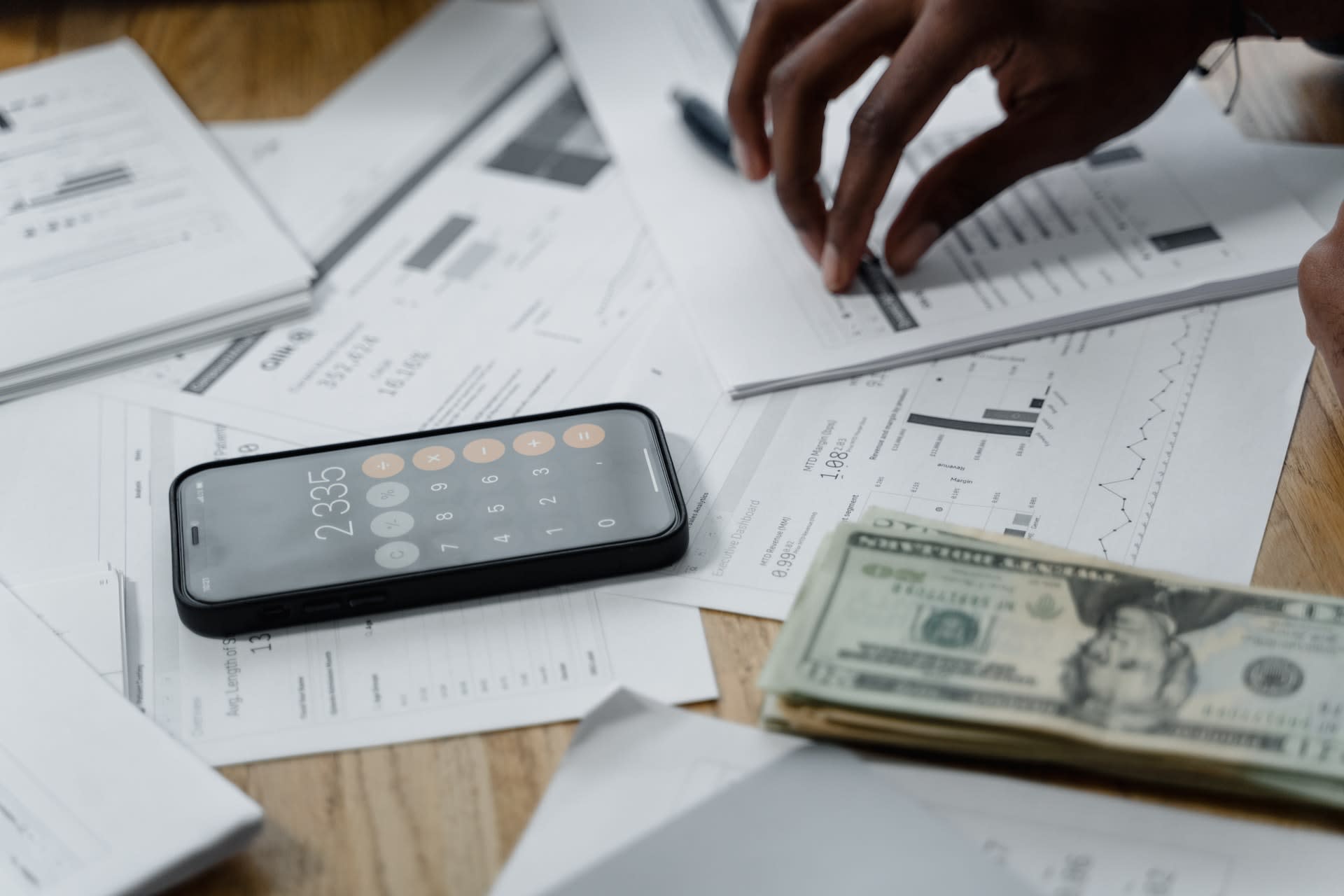The Ultimate Guide To Bill Of Materials In Fashion



Have you ever wondered what a Bill of Materials (BOM) is? You have likely heard the phrase while working in the fashion industry. You may have even used a BOM because it isn't easy to make a dress without it.
Virtually all product design and innovation must establish an efficient and clearly stated BOM. The BOM, or Bill of Materials, combines a manufacturing formula and a list of required materials. It refers to the comprehensive list of elements necessary to create stylish, marketable clothing. This article will discuss the BOM, its significance, and more.
Bill of Materials (BOM): What Is It?
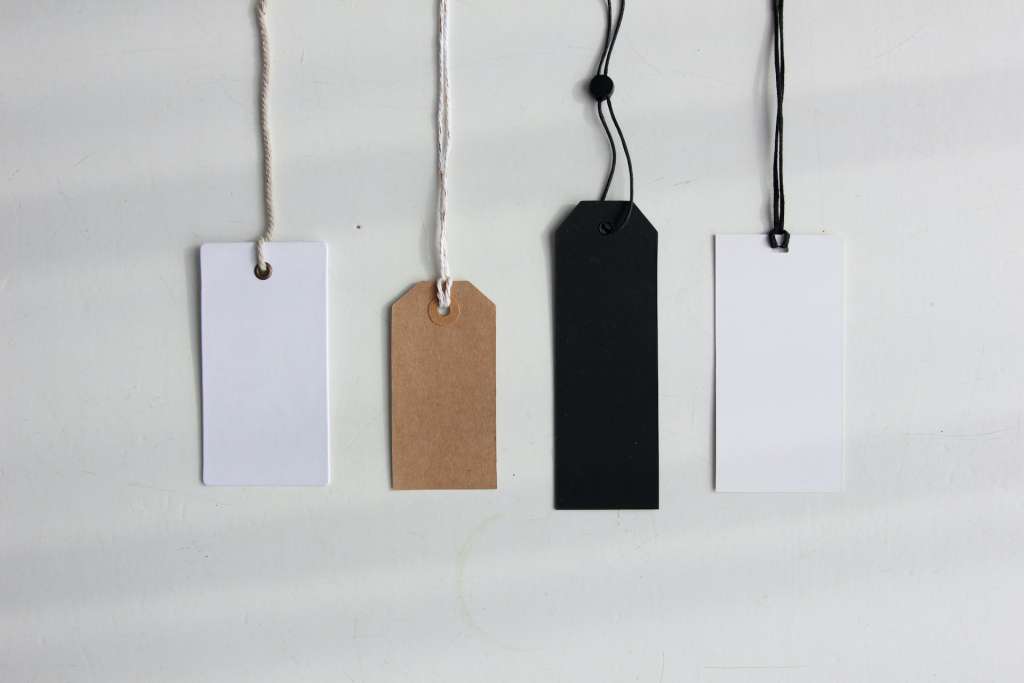
A BOM is a detailed listing of raw materials collected to make clothing and have it ready for shipping following the purchaser's requirements.
BOM is commonly produced by manufacturing suppliers in the clothing industry. The purchasing department is then granted permission to acquire raw materials after the appropriate party approves.
A BOM generally includes item descriptions, the total cost of each component, consumption (per unit usage) with a defined unit of measurement, and an estimated price per unit. Resource utilization and fabric are calculated separately and added to the BOM worksheet.
Bill of Materials For Garments: What To Incorporate?
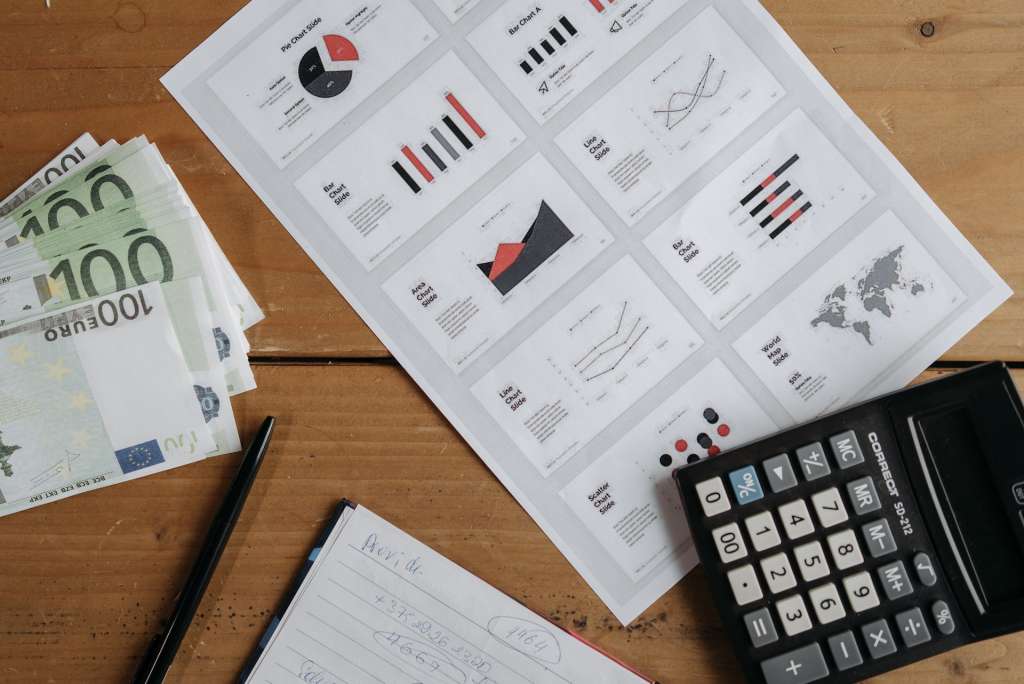
To ensure that all the necessary materials are available when needed and that the assembling process flows perfectly, it is essential to be careful and precise when drafting a BOM for garments. Any errors might cause manufacturing to halt, increasing operational expenses as lacking materials must be traced or acquired. A clothing BOM may comprise the following elements:
- Product Name
Each material component in the garment BOM should be given a distinct identity, enabling them to distinguish among the remaining components without requiring referrals.
- Sourcing
It is crucial to include information about the person who made the purchases, the date and time of the purchase, and the name and contact details of the service provider.
- Product Details
Every clothing BOM is likely to include identical goods; therefore, they must be correctly described.
It indicates that a product specification should be provided in addition to the item names and contact details. You can include details about the product's performance, specifications, and color.
- Unit of Measurement
Since measurement uniformity is critical throughout the BOM, one must decide the ideal measuring unit one wants to utilize. For example, would the standard be the imperial or metric system?
Will they use phrases like "every" or number specifiers? It should be set early on and can be used, among many other things, to specify material lengths and zippers.
- Level of BOM
A BOM classification is also valuable; thus, one must assign a rank to every item inside the production line.
- Cost
To ensure appropriate budgeting, incorporate the overall cost of the raw materials into the garment BOM.
- Product Code
Besides the name, every item in the BOM has a unique product code, allowing those involved in the manufacturing process to identify parts quickly.
- Life-Cycle Phase
It's also important to understand in what production stage each BOM component lies. This indicates that to stay informed at each level, one must identify whether it is currently "in manufacturing" or "still being authorized."
- Item Size and Quantity
To ensure seamless tracking of what is used, when and how much of each material is utilized, one must describe the number of materials used in the manufacturing assembly and provide information on the size of the corresponding product (garment).
- Procurement Type
It is wise to distinguish between products that can be bought "off-the-shelf" and those that need to be customized.
- BOM Notes
It is also feasible to incorporate any extra material facts within the BOM by placing annotations next to the products. This can likely improve precision and enable faster recognition.
Bills of Materials For Garments: Why Is It Important?

A BOM has numerous advantages in the clothing business and improves the whole supply chain. You will benefit from using the BOM in the following ways:
- Lowers the Chances of Loss
This personalized, chronological list reduces the possibility of missed products throughout the manufacturing process.
- Enhanced Budgeting
A clothing BOM is among the most efficient methods to guarantee users keep their budgets within reach. It enables them to calculate sales and profits and develop a pricing policy accordingly.
- Standardization in Manufacturing
All apparel production is time-consuming, with numerous processes creating various high-risk locations. The BOM outlines how the item is made from raw material to finished product, guaranteeing excellence and uniformity.
- Customized List
With the BOM, you get a comprehensive insight into the supplier and manufacturing details, type and quantity, and the raw materials. It enables users to replace these items seamlessly while alleviating their risk of running out of supply.
- Better Planning
As everything is centralized in a single location, businesses can better estimate project goals, define project timelines, and work as efficiently as possible. It leads to an enhanced project planning phase.
- Coherent Working
Due to the BOM's apparent method, all divisions can be included and work together instead of competing. This is so because invention, sourcing, and manufacturing all require participation from everyone.
Using Bills of Materials To Track Costs
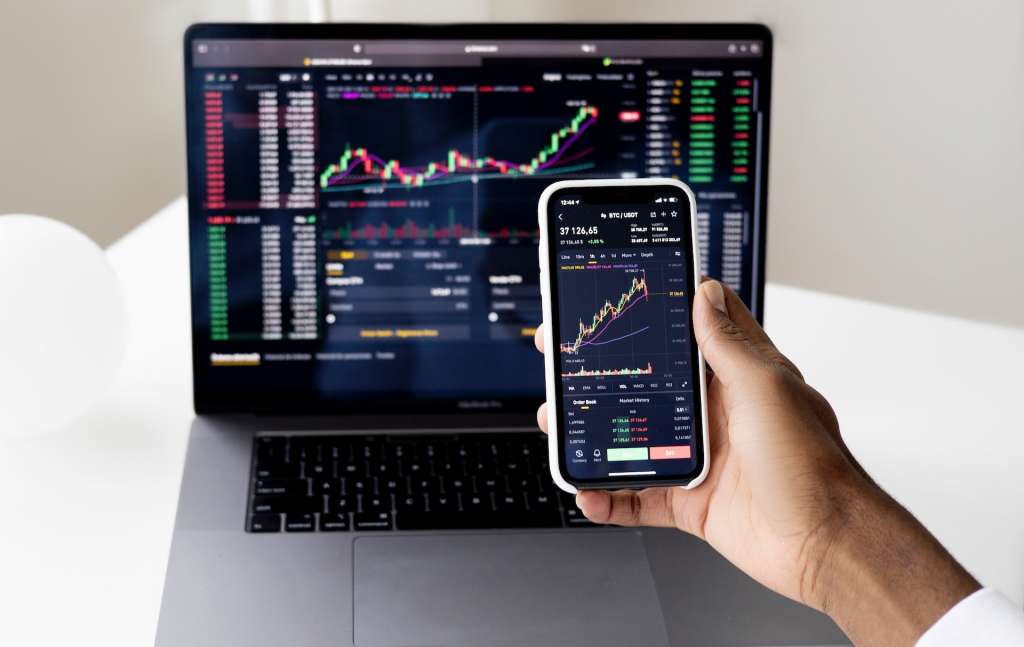
As previously said, a well-explained BOM assists in smooth and cost-effective manufacturing of merchandise.
Among the most significant responsibilities of a BOM is cost tracking. It is simple to manage costs when you're buying pieces, as you only budget for the initial cost and shipping. However, making something from various goods is an entirely different matter.
It is pretty simple for the actual component cost items to get misplaced in the mix, which could significantly impact the product's final price. Preliminary costing might lead to an undervaluation of the end commodities you produce.
While creating a BOM, note the particular expense of each detail provided. It's also a wise option to include a timeframe in the BOM because the prices of your items might fluctuate in the future. In addition, your pricing strategy will determine whether they purchase in bulk or from multiple providers at varying rates.
To calculate the gross margin, one must add additional manufacturing costs to the price of the components. One may determine a suitable margin by looking at the apparel’s sales, marketing, and branding expenditures.
Let’s Conclude
BOMs are an essential tool in the fashion industry. When used appropriately, they help brands to stay organized. In particular, brans are better able to manage manufacturing costs and retain the factory structure.
With reviews, insights, and updates from Fashinza, one can learn how to use various tools like a Bill of Materials. Leverage our highly rated B2B apparel platform’s content power and manufacturing connections to make your manufacturing needs simpler.
















